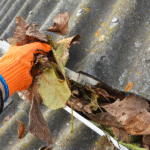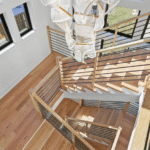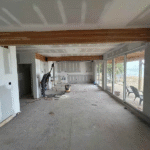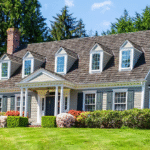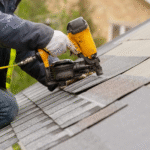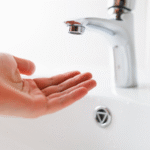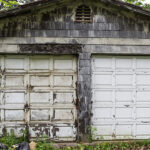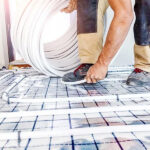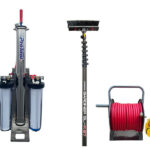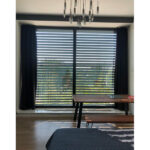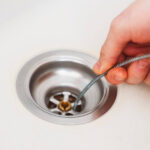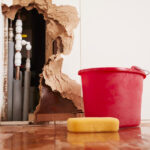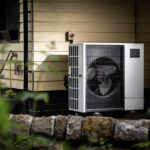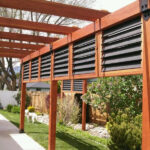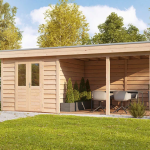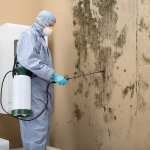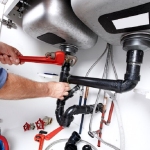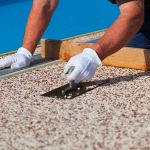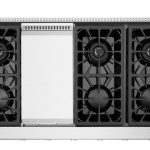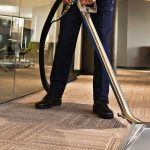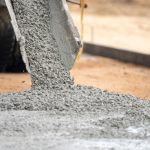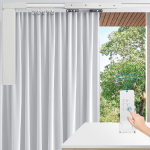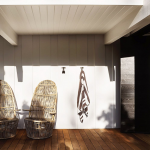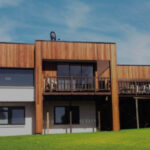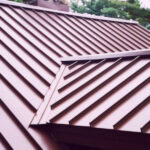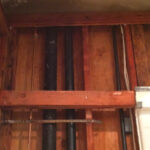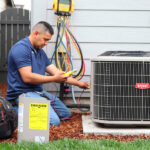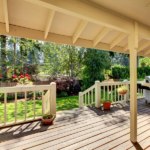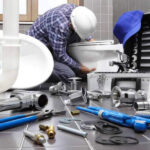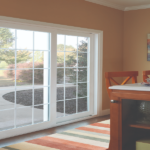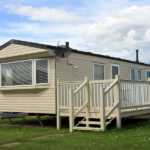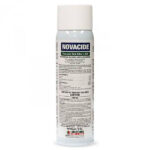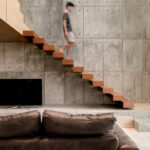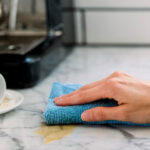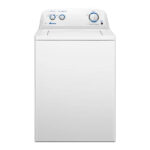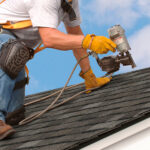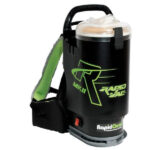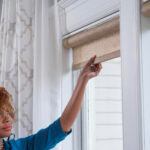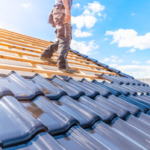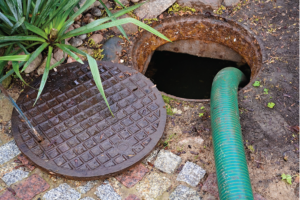
As the weather warms up and summer approaches, homeowners often turn their attention to various home improvement projects. One essential yet frequently overlooked task is replacing the fascia board. The fascia board is the long, straight board that runs along the lower edge of the roof and is often connected to the gutters.
Replacing this critical component of your home’s exterior can have numerous benefits, especially when done during the summer months. Here’s why you should consider replacing your fascia board this summer.
1. Prevent Water Damage
The fascia board plays a crucial role in supporting the gutters and protecting your home from water damage. When the fascia board is damaged or deteriorating, it can lead to water seeping into the roofline, causing rot and structural issues. Summer, with its warmer and drier conditions, provides the ideal environment for replacing fascia boards, ensuring your home is well-protected before the rainy seasons begin.
Benefits:
- Prevents water from penetrating the roofline and causing internal damage.
- Reduces the risk of mold and mildew growth.
- Helps maintain the structural integrity of your home.
2. Enhance Curb Appeal
A new fascia board can significantly improve the overall appearance of your home. Over time, fascia boards can become worn, warped, or discolored, detracting from your home’s curb appeal. By replacing them, you can refresh the look of your home’s exterior, making it more attractive to potential buyers or simply more enjoyable for your family.
Advantages:
- Gives your home a clean, updated look.
- Increases property value by enhancing exterior aesthetics.
- Complements other exterior improvements, such as new gutters or paint.
3. Improve Energy Efficiency
Damaged, missing, or rotted fascia boards can create gaps and openings that allow air to escape or enter your home, leading to higher energy bills. By replacing the fascia board, you can seal these gaps, improving your home’s insulation and energy efficiency. This is particularly beneficial during the summer when keeping your home cool can be challenging and costly.
Energy Efficiency Gains:
- Reduces air leakage, helping to maintain a consistent indoor temperature.
- Lowers energy bills by improving insulation.
- Contributes to a more comfortable living environment.
4. Protect Against Pests
Old or damaged fascia boards can become entry points for pests such as rodents, birds, and insects. These unwanted guests can cause significant damage to your home and create health hazards. Replacing the fascia board helps seal these entry points, protecting your home from potential infestations.
Pest Prevention:
- Blocks common entry points for pests.
- Helps maintain a pest-free home.
- Reduces the risk of pest-related damage and health issues.
5. Take Advantage of Optimal Weather Conditions
Summer provides the best weather conditions for exterior home improvement projects. The longer daylight hours and generally dry weather make it easier to complete tasks like fascia board replacement without the risk of weather-related delays. Additionally, working in warmer weather is often more pleasant and efficient for contractors and DIY enthusiasts alike.
Weather Benefits:
- Longer days allow for extended working hours.
- Dry conditions prevent issues with moisture during installation.
- Ideal weather for outdoor projects, leading to faster completion.
How to Replace Your Fascia Board
Replacing a fascia board can be a manageable DIY project, but it’s important to follow the correct steps to ensure a successful installation. Here’s a basic outline of the process:
- Safety First: Ensure you have the necessary safety equipment, such as gloves, safety glasses, and a sturdy ladder.
- Remove Gutters: Carefully detach the gutters from the fascia board.
- Inspect for Damage: Check the area for any additional damage, such as rotting wood or loose nails.
- Remove Old Fascia Board: Use a pry bar to gently remove the old fascia board.
- Measure and Cut New Board: Measure the length needed and cut the new fascia board to size.
- Install New Board: Secure the new fascia board in place with nails or screws.
- Reattach Gutters: Once the fascia board is secure, reattach the gutters.
Final Thoughts
Replacing your home’s fascia board is a proactive step that offers numerous benefits, from preventing water damage and enhancing curb appeal to improving energy efficiency and protecting against pests.
By taking advantage of the optimal weather conditions this summer, you can ensure a successful and timely replacement, protecting your home for years to come. So, gear up and make this essential home improvement a priority this summer!














